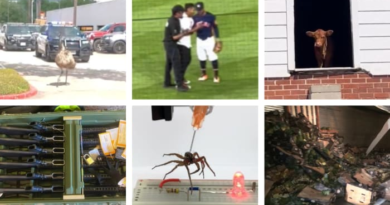Rahway's Unknown Woman in Green – Weird NJ
Your Travel Guide to New Jersey's Local Legends and Best Kept Secrets
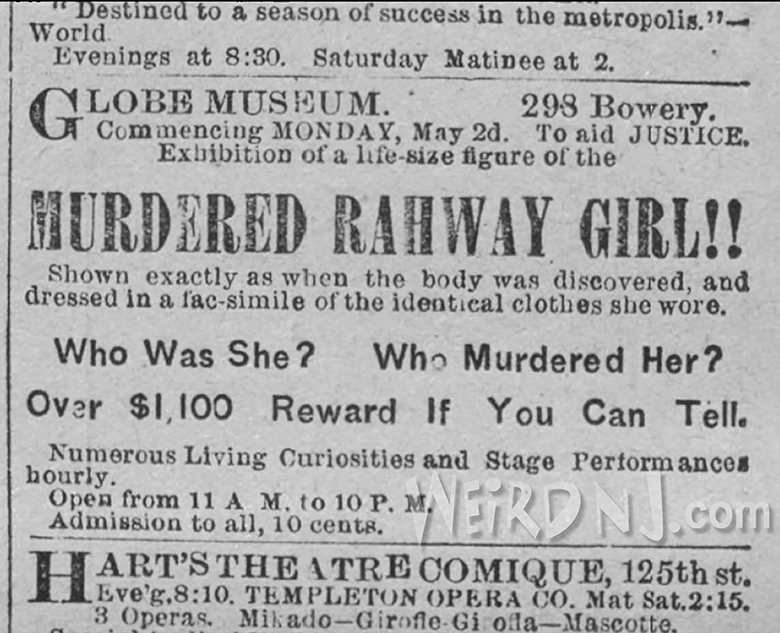
By Joanne Austin
Princess Doe, the unknown girl found murdered in a Blairstown Cemetery in 1982, is probably the most famous unidentified murder victim found in New Jersey. Almost a hundred years earlier, however, another young woman met a similar fate on what was once a lonely Rahway street, and to this day, she also remains unidentified, buried in Rahway Cemetery with nobody to claim her as their own.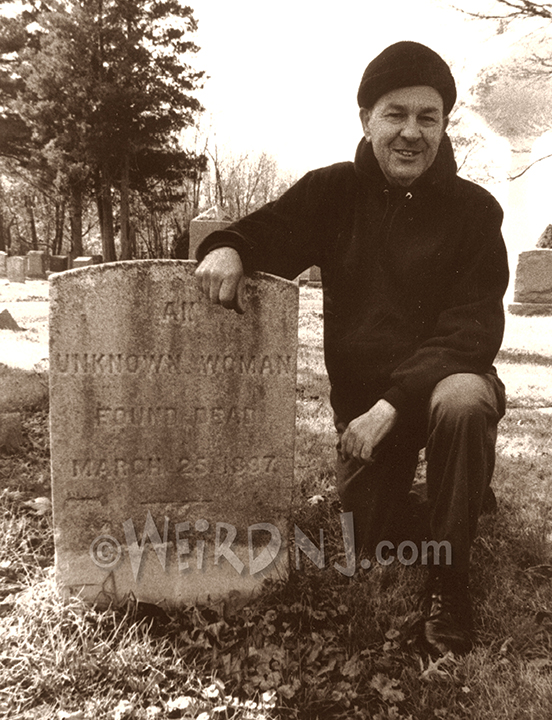 On March 26, 1887, the four Worth brothers were slogging their way through the mud and snow on their way to work at a nearby mill on Kings Highway (today known as Central Avenue) in Rahway. The cold morning became a bit chillier when they discovered the body of a young woman, which had been outside overnight and was frozen. That’s not what had killed her, however; after a tremendous struggle that left a trail of bloodstains, her throat had been slashed, and her face had been stamped upon so hard that it was half-submerged in mud.
On March 26, 1887, the four Worth brothers were slogging their way through the mud and snow on their way to work at a nearby mill on Kings Highway (today known as Central Avenue) in Rahway. The cold morning became a bit chillier when they discovered the body of a young woman, which had been outside overnight and was frozen. That’s not what had killed her, however; after a tremendous struggle that left a trail of bloodstains, her throat had been slashed, and her face had been stamped upon so hard that it was half-submerged in mud.
She was approximately 25 years old with brown hair and blue eyes and sturdily built: about 150 pounds and 5′ 2″ tall. She was dressed in green cashmere with green feather trimming, and was wearing yellow gloves.
Lying in close proximity was a willow basket containing nine broken eggs, her hat and her cape. A man’s straw hat and a large brown button that was common to men’s overcoats in the day also were found nearby, and in the mud were footprints left by men’s size eight shoes. Also present was a bloodstained jackknife with a tortoiseshell handle that was clearly the murder weapon, and about 600 to 800 yards away, police found a black valise that had been thrown in a stream, which contained women’s clothing and other items.
It didn’t appear that robbery or rape (euphemized as “an outrage” in the papers) was the motive: the woman was still wearing three rings on the third finger of her left hand, a gold pin, and a horseshoe brooch, and she hadn’t been sexually assaulted. Still, no money was found on her, so perhaps she’d been robbed of that.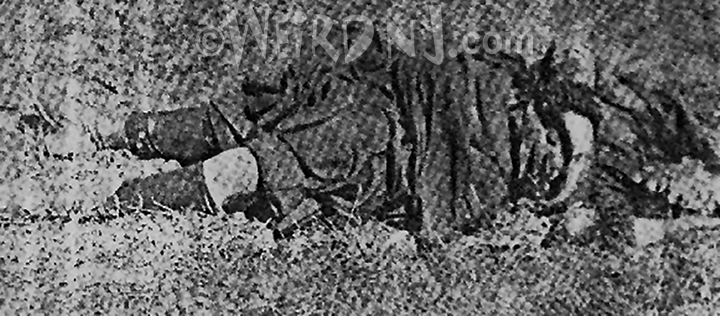
The body was kept at Marsh and Ryan’s undertaking establishment in Rahway, and for two weeks after her death the place was mobbed with thousands of people who came to see it, many of whom were certain that the woman was a missing friend, relative or servant.
Two African-American ladies heard screams coming from the area between 9:00 PM and 9:30 PM the prior evening and someone else had seen a suspicious-acting man at the train station at about 10:30.
The clothing in the black valise was of decent quality but too large for the young woman,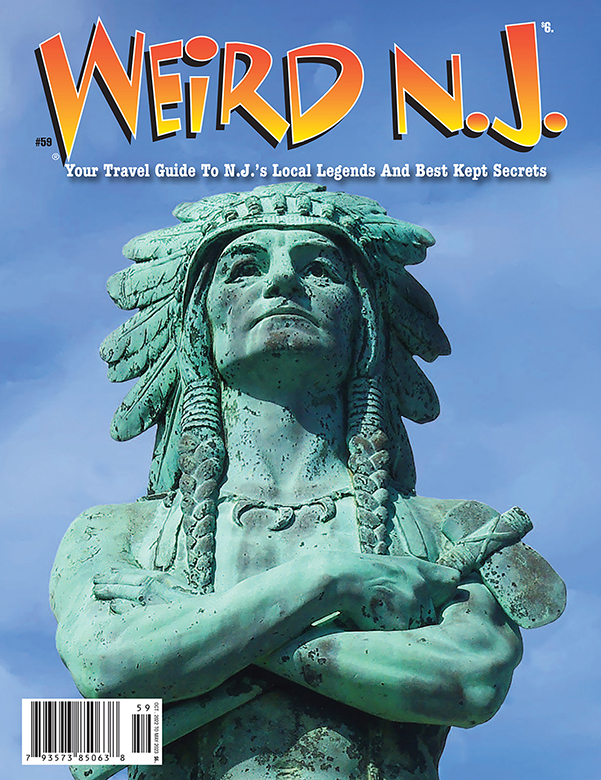 and the New York Times reported that there were other items in it: a scrap of paper with a name written on it, a “gaudy blue and red dotted handkerchief” that had the name “K. M. Noorz” (or “Woorz”) or “Noory” (or “Neary”) embroidered on it, a “nickel-plated combination pen holder and rubber marking stamp which bore the name in large print, ‘Timothy Byrne,’” and a hairbrush with the initials “T.B” on it.
and the New York Times reported that there were other items in it: a scrap of paper with a name written on it, a “gaudy blue and red dotted handkerchief” that had the name “K. M. Noorz” (or “Woorz”) or “Noory” (or “Neary”) embroidered on it, a “nickel-plated combination pen holder and rubber marking stamp which bore the name in large print, ‘Timothy Byrne,’” and a hairbrush with the initials “T.B” on it.
The Times reported that the police were misled so many times by people hoping to identify the woman (or get a little attention) that they started requiring a permit to see her, which put a stop to the “morbid minded women” who seemed to bug the authorities more “than any other class. ” The local train service ran a special train from Jersey City to Rahway to accommodate the additional riders. Despite the huge number of people who came to gawk, nobody could definitively prove her identity. But she was definitely a stranger in town.
With nobody confirming her identity in the first week after her discovery, the police dressed the woman in her clothing and photographed her, though Times reporters complained the photos were not released to the public quickly enough to help with identification and that the small-town detectives were “country hawkshaws” for moving so slowly. The pictures were sent all around the world and even exhibited at the 1887 Chicago World’s Fair in hope that someone would recognize “The Woman in Green,” but it didn’t help.
One of the jurymen on the investigating committee, Mark Keefe, said he had noticed the woman’s basket in Baker’s Grocery Store more than a month prior, when Mrs. Baker had mended the lid. The jury called in William Byrnes, a clerk at the grocery store, to confirm the story, but he denied it happened.
woman’s basket in Baker’s Grocery Store more than a month prior, when Mrs. Baker had mended the lid. The jury called in William Byrnes, a clerk at the grocery store, to confirm the story, but he denied it happened.
Other people reported seeing a man and two women who had been in the area looking at poultry farms. The man gave his name as Byrne (like the rubber stamp in the valise) and the women with him, who he was said to have treated badly, matched the description of the dead woman. The police investigated and seemed to think it wasn’t a solid lead, something else the Times drubbed them for.
There have been other leads over the years as to who the woman might have been, but her murder has never been solved. Her grave is in the Rahway Cemetery, where her headstone simply says,
For 20 years after the murder, another unknown woman would visit the grave and place flowers on it. Who she was or where she came from is also a mystery. Maybe she was a friend or family member, or maybe she one of the “morbid women” hanging around the undertakers.
The dead woman’s belongings were kept in a box at the Rahway Police station, but police 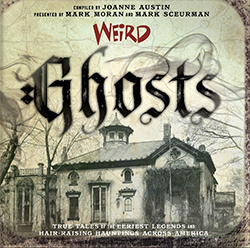 there claim the evidence disappeared over the years. The town held a funeral for her on April 11 in the First Presbyterian Church, which was packed with people, including the mayor and a bunch of reverends from area churches. Six reporters served as pallbearers, and the funeral procession led to the Presbyterian cemetery and interestingly enough, after services there were completed, the undertakers took her back to where she had been kept for the previous weeks, in cold storage in hopes that someone would be able to identify her soon and then buried for real.
there claim the evidence disappeared over the years. The town held a funeral for her on April 11 in the First Presbyterian Church, which was packed with people, including the mayor and a bunch of reverends from area churches. Six reporters served as pallbearers, and the funeral procession led to the Presbyterian cemetery and interestingly enough, after services there were completed, the undertakers took her back to where she had been kept for the previous weeks, in cold storage in hopes that someone would be able to identify her soon and then buried for real.
The April 1887 National Police Gazette published an engraving of the woman with the following caption:
“An unsolved murder is never closed,” Edward O’Donnell, Rahway Cemetery’s caretaker told Weird NJ. For the past 30 years, the grave has been attended to by two sisters who live within minutes of the site. Each Christmas, a wreath is placed at the grave, and in the spring, flowers are planted around the unknown woman. This is actually a double mystery: the question being not only who was the murderer, but who was the victim?
The preceding article is an excerpt from Weird NJ magazine, “Your Travel Guide to New Jersey’s Local Legends and Best Kept Secrets,” which is available on newsstands throughout the state and on the web at www.WeirdNJ.com. All contents ©Weird NJ and may not be reproduced by any means without permission.
Visit our SHOP for all of your Weird NJ needs: Magazines, Books, Posters, Shirts, Patches, Stickers, Magnets, Air Fresheners. Show the world your Jersey pride some of our Jersey-centric goodies!
Now you can have all of your favorite Weird NJ icons on all kinds of cool new Weird Wear, Men’s Wear, Women’s Wear, Kids, Tee Shirts, Sweatshirts, Long Sleeve Tees, Hoodies, Tanks Tops, Tie Dyes, Hats, Mugs & Backpacks! All are available in all sizes and a variety of colors. Visit WEIRD NJ MERCH CENTRAL. Represent New Jersey!
![]()
![]()
![]()
![]()
![]()
Your email address will not be published.


